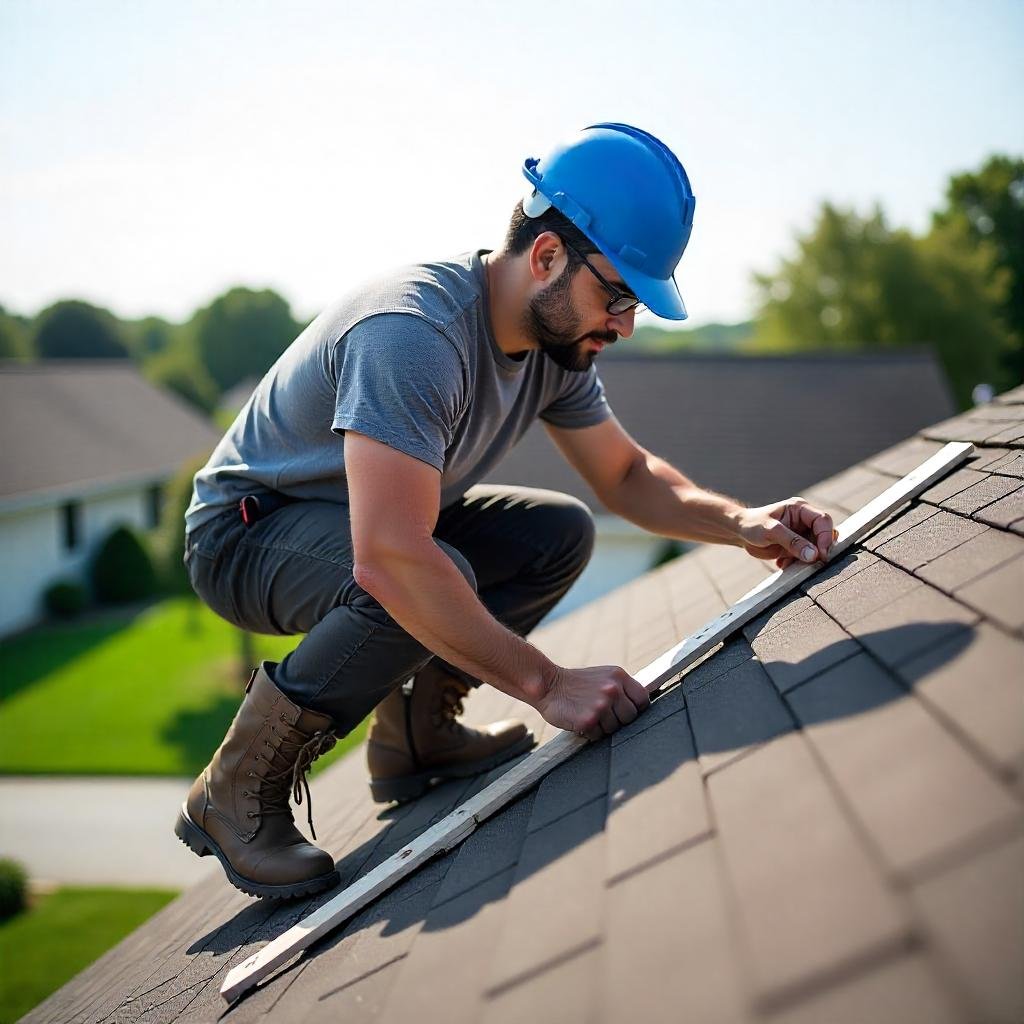Shingles vs. Tile Roof in California: Pros and Cons for Homeowners
May 30, 2025 | by Roofing Contractor in US
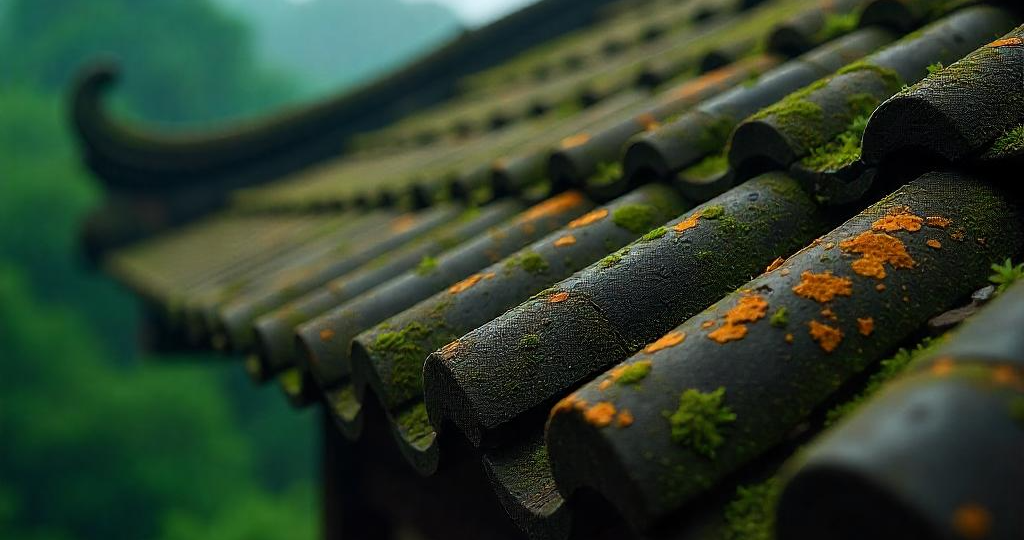
Choosing the right roofing material is crucial, especially in a diverse climate like California. Two of the most common options for residential roofing are asphalt shingles and clay or concrete tiles. Each has its own strengths, weaknesses, and ideal use cases.
In this guide, we break down the pros and cons of shingles vs. tile roofs in California to help you make an informed decision.
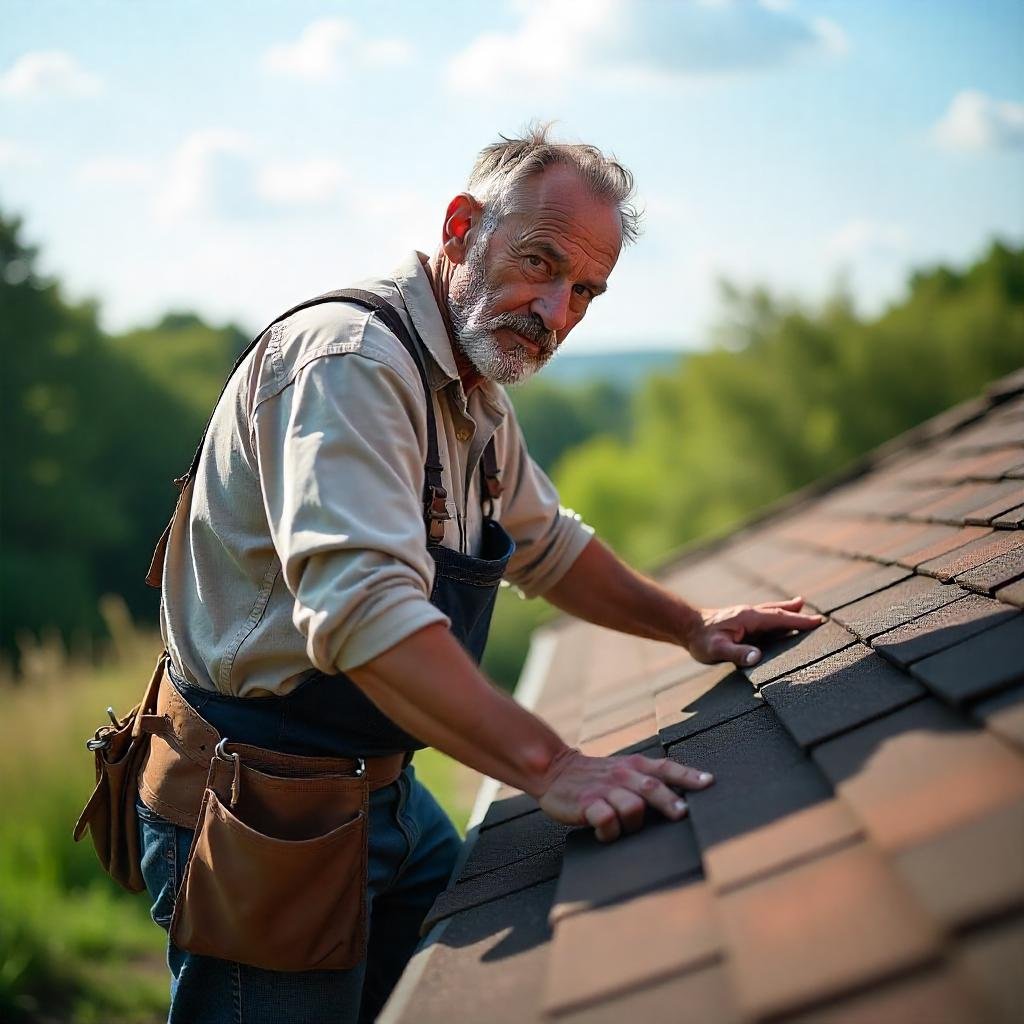
🔹 Overview of California’s Climate Considerations
California homes face:
- High UV exposure
- Wildfire risks (especially in Southern and Central CA)
- Coastal salt air (for seaside homes)
- Earthquakes (which affect roof weight tolerance)
- Heavy rains in Northern CA
With these factors in mind, let’s compare shingles and tiles.
🏠 Asphalt Shingles Roof: Pros & Cons
✅ Pros:
- Affordable
Asphalt shingles are typically cheaper to install than tile. Great for homeowners on a budget. - Lightweight
Easy on your home’s structure—ideal for older homes or where structural reinforcement is costly. - Easy Installation & Repair
Faster to install and replace. Roofing contractors can typically finish a job in 1–2 days. - Variety of Styles
Available in many colors and textures to match different home aesthetics. - Decent Durability
Lasts 15–30 years depending on quality and weather conditions.
❌ Cons:
- Less Fire-Resistant
While Class A-rated shingles exist, they’re still less fire-resistant than tiles. - Shorter Lifespan
Compared to tile, shingles generally have a shorter service life. - Heat Absorption
Can absorb more heat, making your attic warmer during California summers. - Vulnerable to High Winds
May lift or tear during storms, especially if poorly installed.
🏠 Tile Roof (Clay or Concrete): Pros & Cons
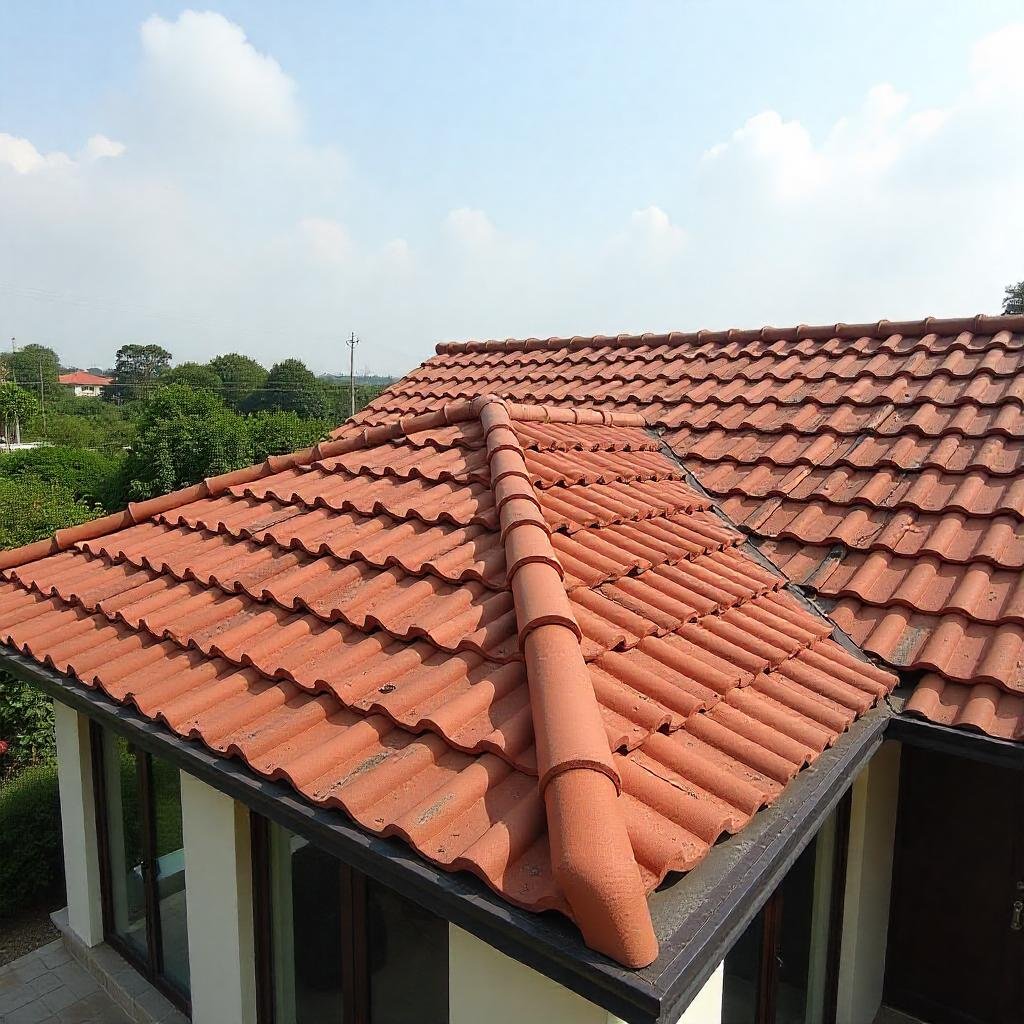
✅ Pros:
- Excellent Durability
Can last 50–100 years with proper maintenance—great for long-term investment. - Superior Fire Resistance
Clay and concrete tiles are non-combustible and ideal for wildfire-prone areas. - Energy Efficiency
Natural insulation and reflective properties help regulate indoor temperature. - Aesthetic Appeal
Offers a timeless, Mediterranean or Spanish-style look—popular in many California communities. - Weather Resistance
Withstands heat, sun, and salt air well (ideal for coastal homes).
❌ Cons:
- High Initial Cost
Material and installation costs are significantly higher than shingles. - Heavy Weight
Requires structural reinforcement. Not suitable for all homes without modifications. - Fragility
Tiles can crack under pressure (e.g., walking or falling branches), making repairs more complex. - Slower Installation
Installation takes longer and requires experienced roofers.
🔄 Quick Comparison Table
| Feature | Asphalt Shingles | Clay/Concrete Tiles |
|---|---|---|
| Cost | Lower | Higher |
| Lifespan | 15–30 years | 50–100 years |
| Weight | Light | Heavy |
| Fire Resistance | Moderate (Class A available) | Excellent |
| Weather Durability | Moderate | High |
| Aesthetic Options | Versatile | Mediterranean/Spanish look |
| Maintenance | Easier | More complex |
| Best For | Budget-conscious, quick installs | Long-term investment, fire-prone areas |
💡 Which One is Right for Your California Home?
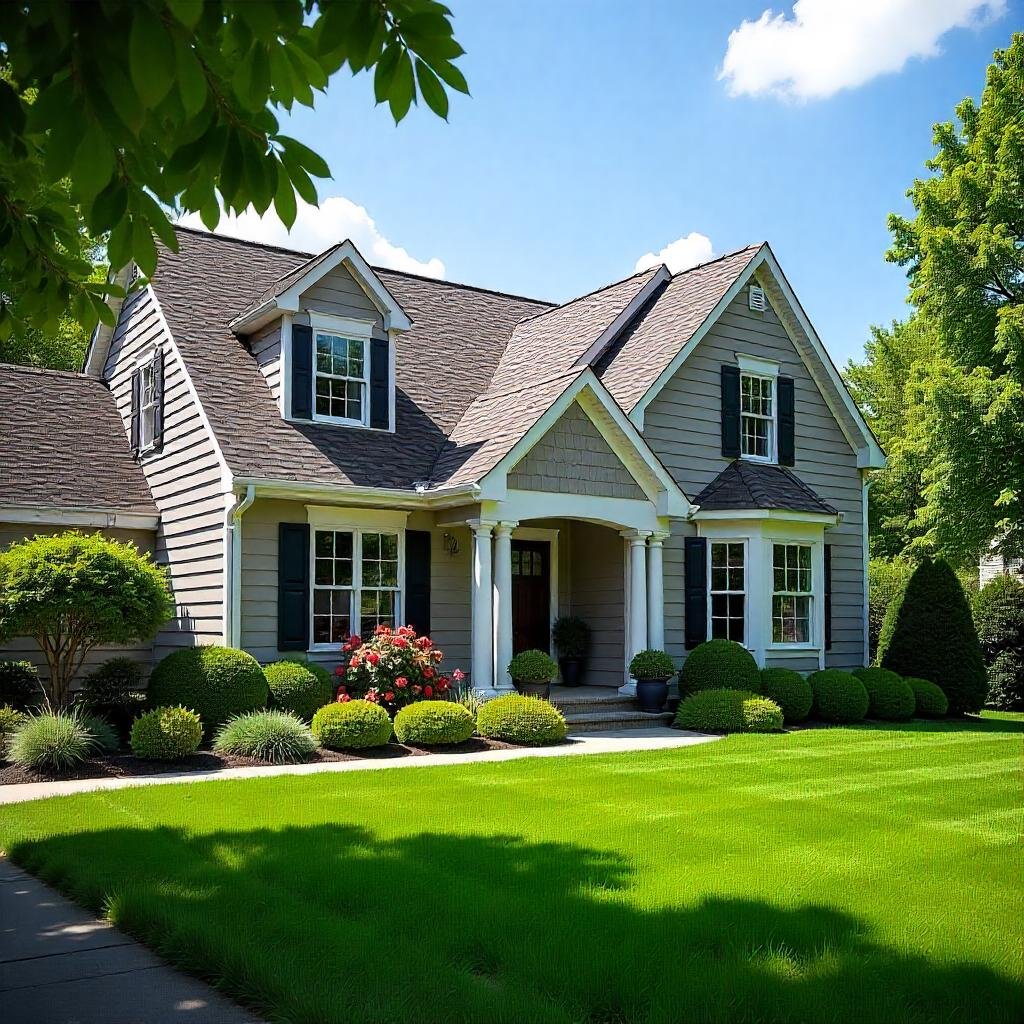
Choose Shingles if:
- You’re on a tighter budget
- Your home structure can’t support heavy roofing
- You want faster installation
Choose Tiles if:
- You live in a wildfire-prone or hot area
- You’re planning to stay long-term
- You value durability and style over initial cost
Final Thoughts
Both shingles and tile roofs have their place in California. It ultimately depends on your budget, location, home structure, and aesthetic preferences. Consult a licensed roofing contractor to assess what works best for your specific situation.
More Related posts
Chimney Services in New Jersey: Keeping Your Home Safe and Warm
RELATED POSTS
View all
